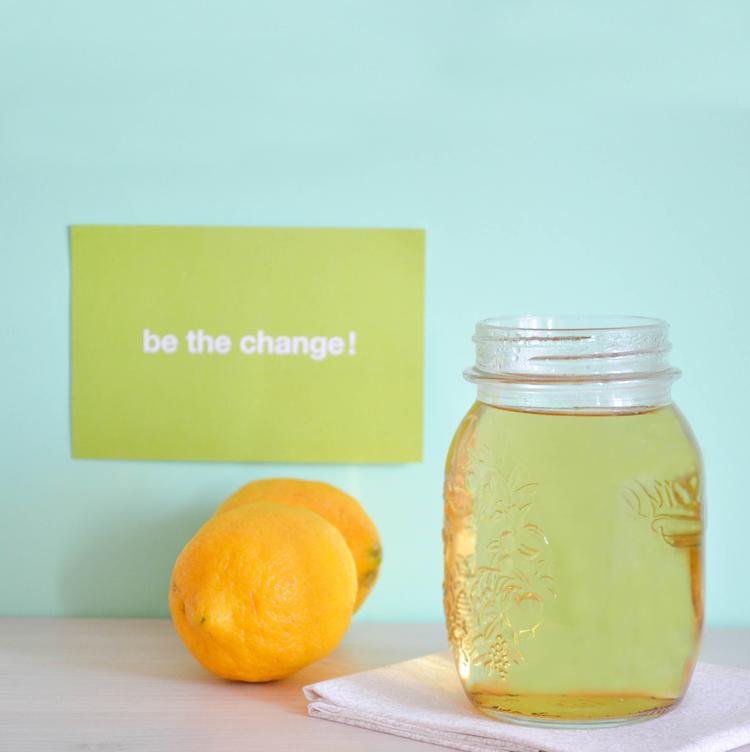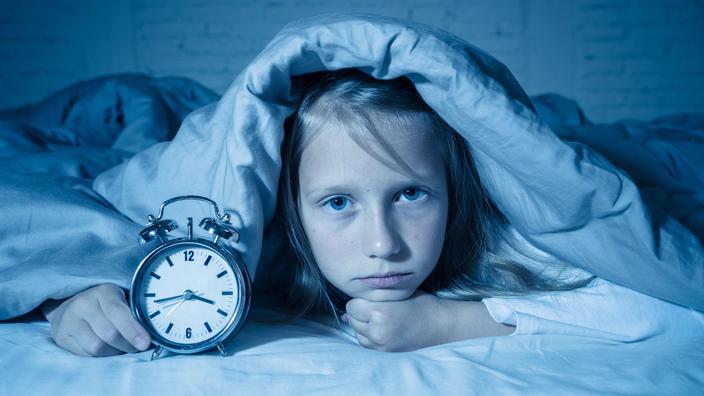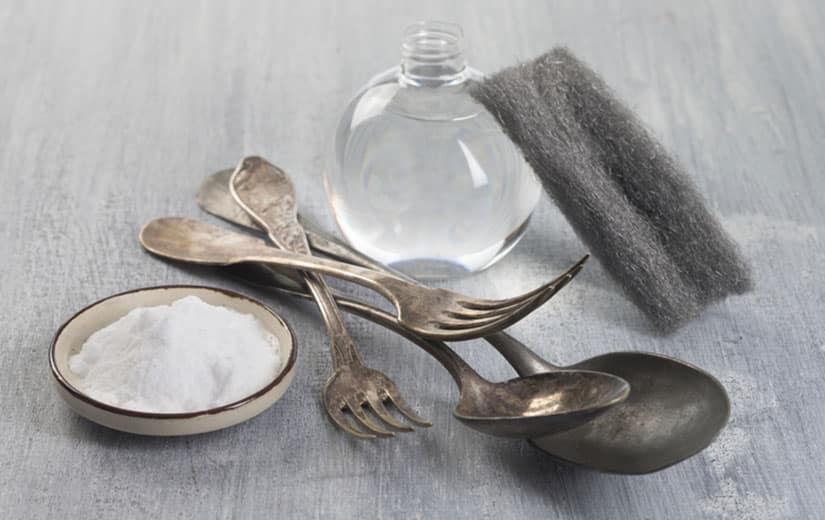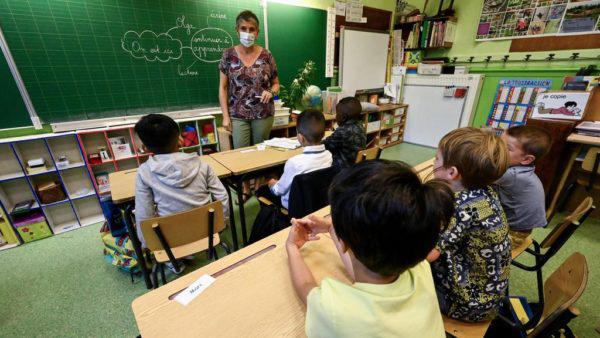
There are a few major groups of intolerances: food allergies, dust mite allergies, animal allergies, sun allergies, mold allergies and seasonal allergies. Flowering does not bring joy to everyone. Millions of people are prone to a sneaky enemy: pollen allergies. When nature dresses in green, your eyes water, your nose runs, and you sneeze repeatedly, but you're not sick. This is not one of the common viruses of this time of year. And instead of getting out and enjoying the good weather, you're stuck at home, waiting for the pollen spread to end.
Page content
What are pollen allergies? Why are we afraid of it?
Sponsored LinksAlmost invisible, like particles of flour and dust, pollen nestles in the anther at the ends of a blooming flower. Thanks to its ability to move, it has a fertilizing role, that is to say, we owe the fertility of the plant world to pollen grains. In addition, it serves as food and a source of protein for bees.
So why is something so important to the production of plant-based foods can be so dangerous to humans? Even today, pollination doubles its harmful effect, aided by pollution.
How pollen allergies are triggered: causes
Sponsored linksFor people sensitive to pollen allergies, it is imperative to avoid proximity and better still, contact with certain plants. Among the culprits causing allergic conditions are ragweed, grasses, birch and others of the family (alder, hazel, hornbeam), cypress, oak, ash and olive. These trees, so popular, are present in our life and besides, can make us suffer. They produce a fine powder called pollen that is light enough to circulate through the air. This is their way of reproducing.
Pollin allergy or hay fever is a discomfort that can ruin your daily life for a period of a few months. Considered to be inherited, pollen allergies involve a reaction of some people's immune systems to the usually harmless proteins in pollen. Histamine, which is released on contact with allergy triggers, causes inflammation in the eyes and the lining of the nose.
Pollen allergies symptoms
When one fine day in May, when you leave your house, your immune system takes up a defensive position against an invisible enemy, in particular the pollen that is flying around. The weapon you have in the fight is histamine. As a result, you have an irritated throat, red and watery eyes, a runny or stuffy nose. Additionally, you are plagued with a series of stubborn sneezes, wheezing and even labored breathing. Another symptom of pollen allergy is the unpleasant and even compelling cough.
How to diagnose a pollen allergy?

Generally, all allergies begin at school age. At the first manifestation of the above-mentioned symptoms, the general practitioner is resorted to with the assumption of a viral infection and the treatment refers to it. Yet the symptoms recur soon after or during the same time next year. In this case, you must consult an allergist who will make the diagnosis and prescribe blood tests and a skin test.
If you are diagnosed with pollen allergies, what to do?
While your suffering is periodic and the test and analyzes have confirmed your sensitivity to pollen, what treatment to undertake. Is there a cure for pollen allergy?
Contemporary medicine has antihistamines, corticosteroids, leukotriene antagonists and mast cell stabilizers.
On the one hand, over-the-counter medications are the antihistamines that block the histamine produced by your body. If your nose is stuffy, decongestants can help you breathe easier. Some nasal sprays successfully relieve symptoms of pollen allergies.
On the other hand, there are prescription medications in case over-the-counter medications don't work. Some prescribed remedies block chemicals other than histamine that can trigger allergies. Others treat symptoms caused by certain types of weed or grass pollen.
Recently, an unconventional treatment has been used that gives good results: gemmotherapy as an alternative. We also do not exclude desensitization which is a specific immunotherapy. Whatever the treatment chosen, the opinion of the therapist is essential.
What to do for pollen allergies alongside conventional treatment?
Once the diagnosis is established, there are several ways to treat pollen allergies. In some countries, the media warns of the expected pollen count. It's very convenient to keep an eye on the forecast because if you plan to be outside working in the garden or mowing the grass, a dust mask can be your "lifesaver". Having in mind the dimensions of the “disaster” which can be strong or weak, you can draw up an action plan. In addition, pollen can worsen asthma symptoms, including increased coughing and wheezing.
Two immunotherapy options are available for people with severe pollen allergies:
Allergy shots can help the body build up its resistance to pollens. Injecting a tiny amount under the skin for a few weeks will force the body to get used to it and improve the symptoms.
Tablets that dissolve under the tongue are now available by prescription for people with grass and ragweed allergies. These medications should be started 12 weeks before symptoms of the pollen season begin. For example, if your symptoms are usually at their worst in mid-April, start taking your medications in late March. Likewise, if a rash of warm weather is expected towards the end of winter, it might be a good idea to start taking your medications at that time.
Useful tips for adequately coping with the pollen period
To prevent pollen from invading the interior of your home and knowing that the rain is its biggest enemy, ventilate only in rainy weather.
If nevertheless, due to other reasons such as COVID-19, it is mandatory to open the windows and ventilate regularly, install anti-pollen protection grilles. A pollen filter can be the essential accessory for your car, while for the nose there are certified models.
Frequent cleaning of carpets and furniture is a must as dust mixed with pollen accumulates quickly. Notoriously, tobacco smoke is an ally of pollen particles and for this reason, it is best to avoid smoky rooms. Also, in windy weather, postpone your outing, if possible, and adapt your outdoor activities to the weather. Indoor sports are preferred.
Personal hygiene can reduce your suffering:
Finally, you should ban raw foods from your menu, given their interaction with the body's reaction to pollen. When choosing a vacation destination, find out beforehand about the rate of pollen spread in the area.
Specifically for nasal irrigation, you should use distilled or sterile water. If it is tap water, you must boil it and let it cool before use. Filter with an “NSF 53” or “NSF 58” filter and make sure the bottle or neti pot is clean.
Eye pollen allergy
For many people with seasonal allergies, pollen is the most irritating to the eyes. They suffer from allergic conjunctivitis, an inflammation of the conjunctiva, the membrane behind the eyelids and the front of the eyeballs.
Admitting practical and simple preventive measures, you can reduce the irritating effect of pollen on the eyes:
Pollen allergy cough
As cough is one of the symptoms of pollen allergies, notice if it becomes chronic, i.e., lasts longer than three weeks and occurs for some environments or seasons. Diagnosing is the first thing to do.







